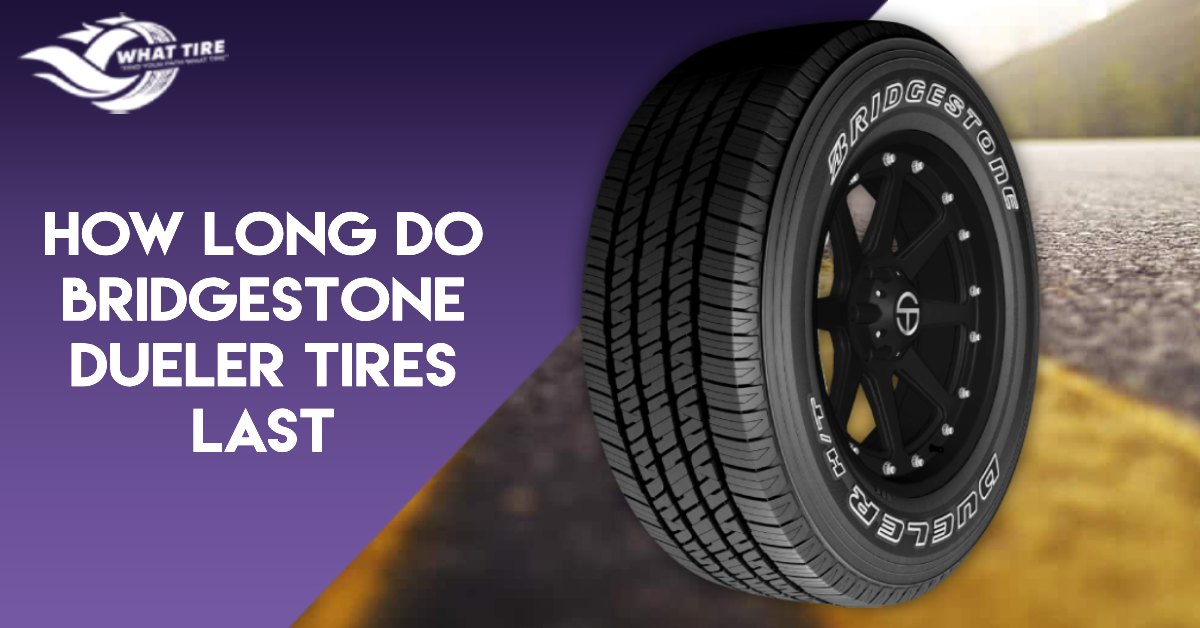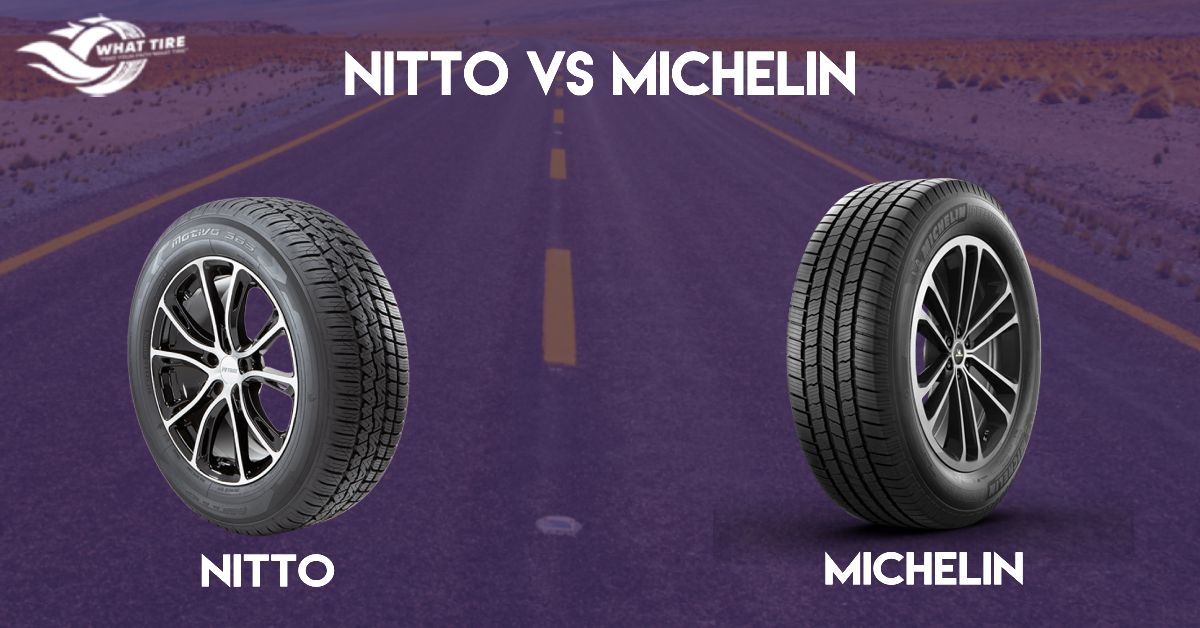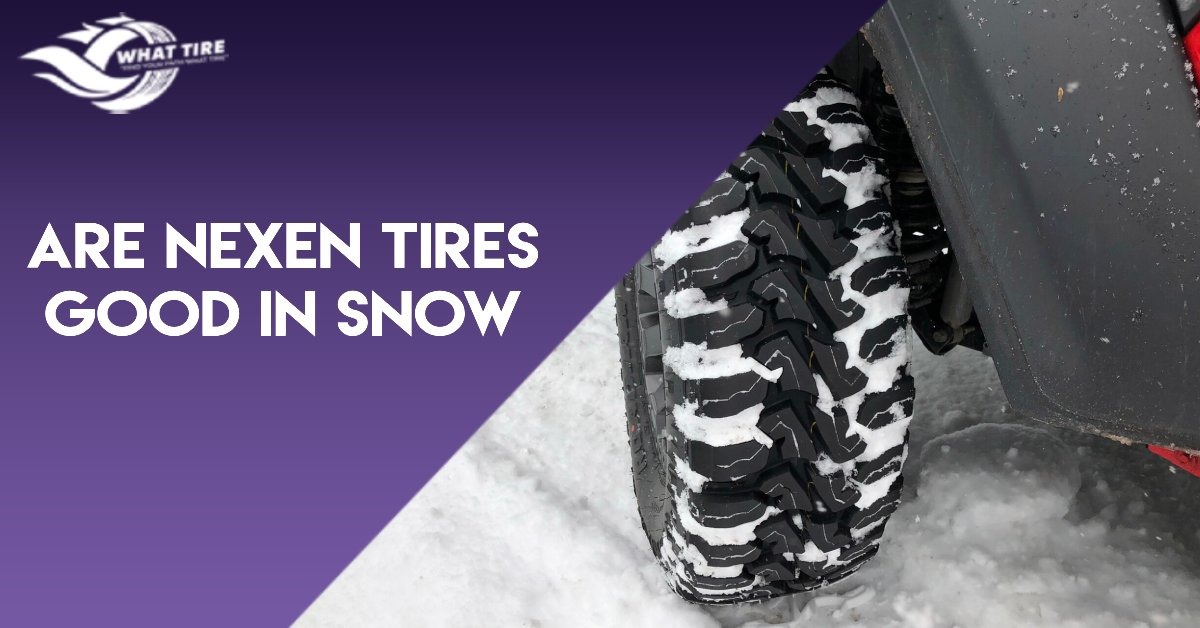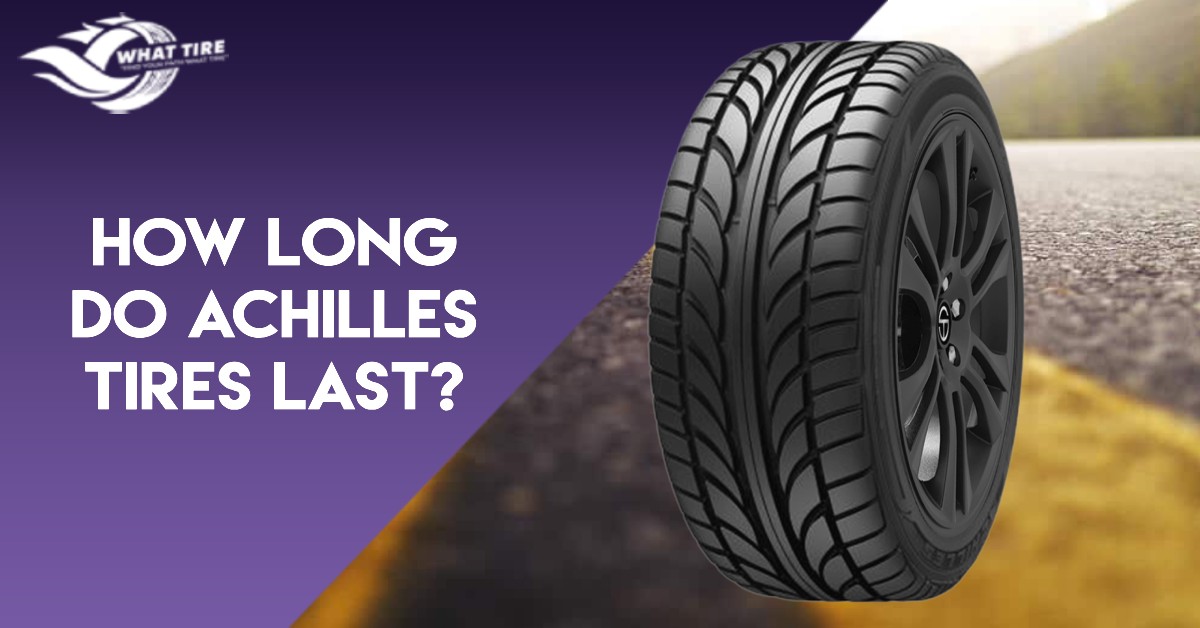Introducing the discussion on Achilles tire lifespan—your dependable travel partners. Achilles tires are known for their reliability, but knowing how long they last is essential for optimal performance.
In this post, we’ll explore the ins and outs of Achilles tire longevity. From understanding driving habits to considering environmental factors, we’ll uncover what keeps Achilles tires rolling.
Learn about their typical lifespan, recommended service life, and practical maintenance tips. Let’s make sure your Achilles tires provide safe and reliable journeys for miles to come.
Table of Contents
ToggleTypical Lifespan Range
Achilles tires typically last between 40,000 to 60,000 miles, contingent upon factors such as driving habits, road conditions, and maintenance practices.
This range serves as a benchmark, providing insight into the expected duration of reliable performance before considering replacement.
Regular tire rotations, proper inflation, and avoiding harsh driving conditions can help maximize the mileage achieved from these tires.
How Many Kilometers Do Achilles Tires Last?
Achilles tires typically endure between 65,000 to 96,000 kilometers, subject to variables like driving style, terrain, and upkeep.
This mileage range offers an approximation of the distance these tires can travel while maintaining satisfactory performance.
To optimize tire longevity, drivers should adhere to recommended maintenance schedules, including regular inspections and alignments.
How Many Years Do Achilles Tires Last?
On average, Achilles tires maintain effectiveness for about five to seven years from the manufacturing date, irrespective of tread depth.
Adhering to manufacturer guidelines and regular maintenance can prolong tire lifespan, ensuring continued safety and performance.
Checking for signs of wear, maintaining proper tire pressure, and storing tires correctly during periods of non-use can contribute to extended durability.
Factors Affecting Achilles Tire Lifespan
As essential components of your vehicle, Achilles tires play a crucial role in providing safety and performance on the road. However, various factors influence their lifespan, impacting how long they will serve you reliably.
These tires eventually wear out due to a combination of factors. Continuous contact with the road surface during driving leads to friction, gradually wearing down the tire tread.
Additionally, environmental elements such as sunlight, heat, and moisture contribute to the degradation of tire materials over time.
While Achilles tires are durable, these factors inevitably lead to wear and tear, necessitating eventual replacement. Understanding these causes underscores the importance of proactive maintenance to maximize tire lifespan and provide safe travel.
How to Extend the Lifespan of Achilles Tires?
Maximizing the durability of your Achilles tires requires proactive measures tailored to their unique characteristics. Consider these strategies to ensure your tires last longer:
1. Optimal Tire Inflation

Maintaining the recommended tire pressure is crucial to prevent premature wear and extend tire life. Proper inflation ensures even weight distribution across the tire’s surface, reducing stress on the rubber compounds and prolonging their lifespan.
2. Regular Tire Inspections
Conduct frequent visual inspections of your Achilles tires to identify signs of wear, damage, or irregularities. Look for uneven tread wear, cuts, bulges, or embedded objects that may compromise tire integrity.
Addressing issues promptly can prevent further damage and extend tire lifespan.
3. Strategic Tire Rotation
Rotate your Achilles tires regularly, typically every 6,000 to 8,000 miles, to promote even tread wear. By switching the tires’ positions on the vehicle, you distribute the wear more evenly, ensuring that each tire wears down at a similar rate.
This practice extends the overall lifespan of your tires and maximizes their performance. Not rotating tires can prove fatal!
4. Mindful Driving Habits
Adopting smooth driving practices can significantly impact tire longevity. Avoid aggressive maneuvers such as sudden acceleration, hard braking, and sharp turns, as these actions increase tire wear and shorten lifespan.
Drive at moderate speeds and anticipate road hazards to minimize stress on your tires, preserving their integrity for longer.
5. Seasonal Maintenance
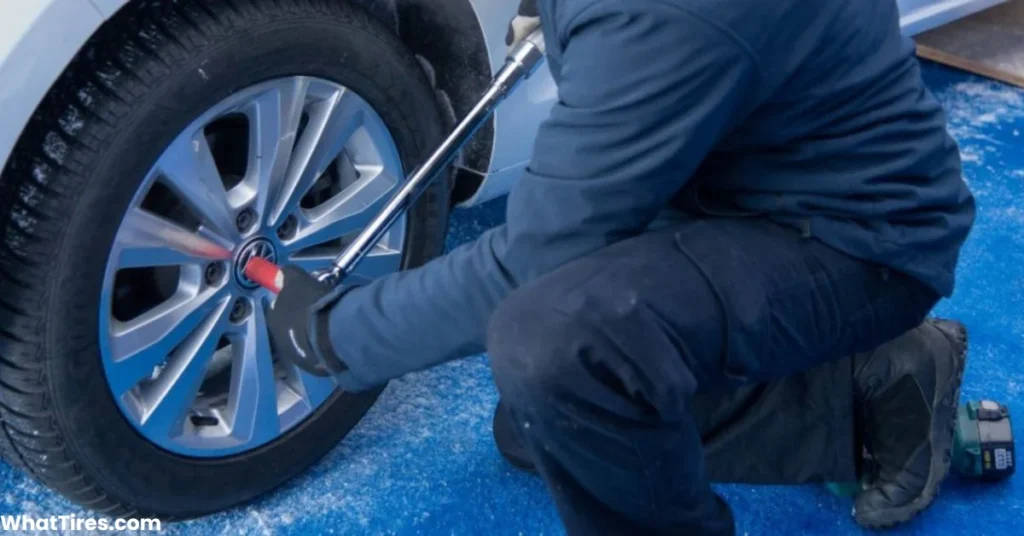
Adjust your tire care routine according to seasonal changes to optimize performance and longevity. In colder weather, monitor tire pressure more frequently, as it tends to drop in lower temperatures.
Conversely, in hot weather, keep an eye out for overheating and excessive wear caused by prolonged exposure to high temperatures.
Adapting your maintenance practices to seasonal variations ensures that your Achilles tires remain in optimal condition year-round, prolonging their lifespan and enhancing overall safety on the road.
Using these tips will help maximize the lifespan of your tires, ensuring optimal performance and safety on the road.
Conclusion
In a nutshell, optimizing the lifespan of Achilles tires requires proactive maintenance and mindful driving habits.
By adhering to recommended tire care practices, addressing issues promptly, and staying vigilant, you can maximize the durability of your Achilles tires, making sure safe and reliable performance for miles to come.
FAQs
It’s recommended to visually inspect your tires for signs of wear and damage every month or before long trips.
While DIY tire rotation is possible, it’s best to have it done by a professional during routine maintenance visits to ensure proper alignment and balance.
Ideally, replacing all four tires simultaneously ensures uniform performance and safety, but if budget constraints arise, prioritize replacing tires with the most wear.
Uneven tread wear, vehicle pulling to one side, or steering wheel vibration are common signs that your Achilles tires may require alignment.
No, driving at higher speeds can increase tire wear and reduce lifespan. Stick to moderate speeds and avoid sudden accelerations or harsh braking.

